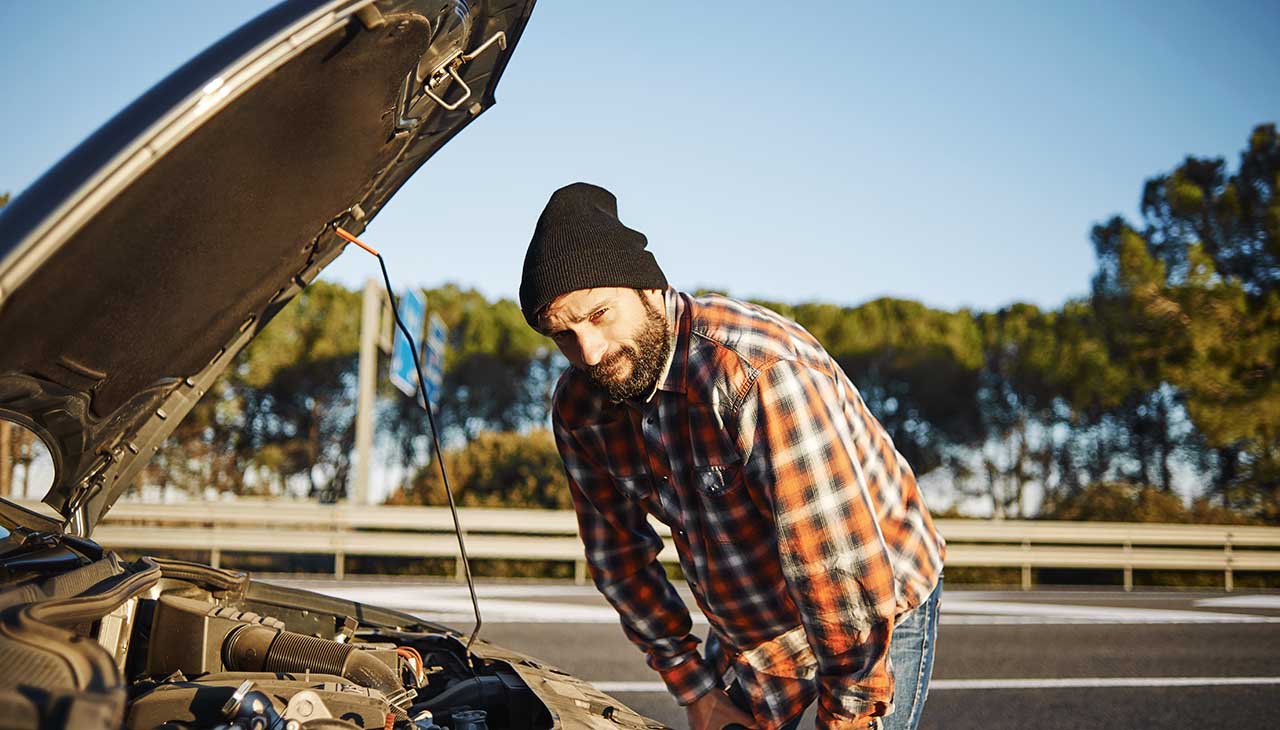Introduction
In today’s world, where sustainability and cost-efficiency are more important than ever, salvaging parts from a wrecked car offers both environmental and economic benefits. Whether you’re a car enthusiast, a DIY mechanic, or running an auto salvage business, understanding which parts hold the most value can significantly optimize your efforts. Let’s dive into the top 5 most valuable parts to salvage from a wrecked car and see why they’re worth your attention.
Overview of the Top 5 Most Valuable Parts
- Engine
- Transmission
- Body Panels
- Electronics
- Interior Components
Detailed Breakdown of Each Part
1. Engine
How to Assess Its Condition:
- Visual Inspection: Look for obvious signs of damage like cracks or leaks.
- Oil Check: Inspect the oil for any signs of contamination or metallic particles.
- Compression Test: Perform a compression test to gauge the engine’s health.
Common Issues to Look Out For:
- Overheating: Check for signs of overheating, such as warped components.
- Wear and Tear: Assess the condition of belts, hoses, and seals.
Potential Uses:
- Repairs: Engine swaps are common in restoration projects.
- Custom Builds: High-performance engines can be repurposed for custom builds or racing projects.
2. Transmission
How to Assess Its Condition:
- Fluid Inspection: Check the transmission fluid for discoloration or burnt smell.
- Test Drive: If possible, test drive to feel for smooth gear shifts.
- Visual Check: Inspect for cracks or leaks.
Common Issues to Look Out For:
- Slipping Gears: Ensure gears engage properly without slipping.
- Fluid Leaks: Look for signs of fluid leaks which could indicate serious issues.
Potential Uses:
- Repairs: Salvaged transmissions can replace faulty ones in existing vehicles.
- Performance Upgrades: High-quality transmissions are often sought after for performance enhancements.
3. Body Panels
How to Assess Their Condition:
- Visual Inspection: Check for dents, rust, or paint damage.
- Structural Integrity: Ensure panels are not warped or compromised.
Common Issues to Look Out For:
- Corrosion: Surface rust can often be treated, but extensive corrosion may render parts unusable.
- Damage: Minor dents and scratches can be repaired, but severe damage may not be worth salvaging.
Potential Uses:
- Repairs: Body panels are frequently needed for collision repairs.
- Custom Projects: Panels can be used in custom builds or restorations.
4. Electronics
How to Assess Their Condition:
- Functionality Test: Test electronic components where possible.
- Visual Inspection: Look for signs of water damage or corrosion.
Common Issues to Look Out For:
- Water Damage: Electronics are particularly vulnerable to water damage.
- Malfunctioning Components: Ensure that all parts are in working order.
Potential Uses:
- Repairs: Electronics like ECUs, sensors, and infotainment systems can be reused in other vehicles.
- Upgrades: High-end electronic components can be valuable for vehicle upgrades.
5. Interior Components
How to Assess Their Condition:
- Visual and Tactile Inspection: Check for wear and tear, stains, and functionality.
- Odor: Ensure there are no unpleasant odors indicating water damage or mold.
Common Issues to Look Out For:
- Wear and Tear: Look for worn-out seats, cracked dashboards, and damaged door panels.
- Water Damage: Check for mold or mildew, which can indicate water damage.
Potential Uses:
- Repairs: Interior components can replace worn-out parts in other vehicles.
- Restoration: High-quality interiors can be used in restoration projects.
Tips for Safely and Efficiently Salvaging Parts
Tools Needed:
- Basic Hand Tools: Wrenches, screwdrivers, pliers.
- Specialized Tools: Compression tester for engines, OBD-II scanner for electronics.
- Safety Gear: Gloves, safety glasses, and protective clothing.
Proper Procedures:
- Safety First: Always disconnect the battery before starting any work.
- Documentation: Label and document each part as you remove it.
- Storage: Store parts in a clean, dry place to prevent damage.
Case Studies and Testimonials
DIY Enthusiast Success Stories
- John Doe: “I salvaged an engine from a wrecked car and used it in my restoration project. Not only did I save money, but I also learned a lot about car mechanics.”
Auto Salvage Business Insights
- Jane Smith, Owner of XYZ Salvage: “We focus on high-value parts like engines and transmissions. These parts are always in demand and provide significant returns.”
Conclusion
Salvaging car parts from a wrecked vehicle is both an economically smart and environmentally friendly practice. Whether you’re fixing up a car, building a custom project, or running an auto salvage business, knowing which parts hold the most value can make your efforts worthwhile. From engines and transmissions to body panels and electronics, the potential uses and benefits are vast.

